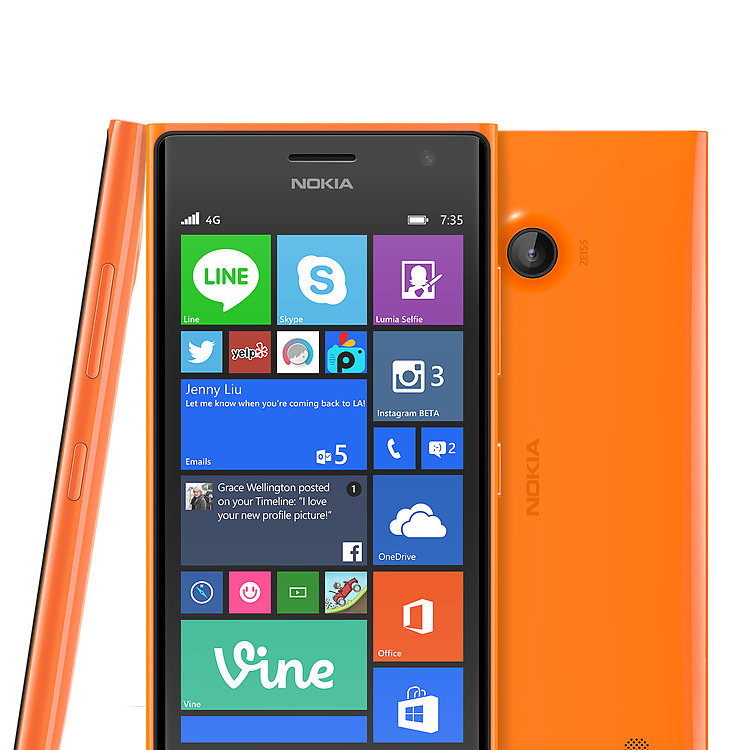

In the UK, the device has gone on sale for around £199 GBP off contract, and is also available on two-year contracts costing around £17 per month, with no upfront cost. The Lumia 735 occupies the lower end of the mid-range, priced at €199 EUR before taxes and subsidies.

The reason is simple: Microsoft believes that the Lumia 730 and 735 offer superior front-facing cameras to those that you would ordinarily find on similarly priced devices, and given how wild folks seem to get about taking selfies, that seems like a pretty decent selling point in the increasingly crowded mid-range of the market. Microsoft has set out to define a much clearer position in its range for these devices, and this differentiation has led to the new devices being referred to as its ‘selfie phones'. Two devices replace the 720 in what is now Microsoft's range of Windows Phones: the Lumia 730, which offers 3G support and dual-SIM capabilities and the Lumia 735, which ditches the dual-SIM setup and adds 4G LTE connectivity. But it never really shined especially brightly in Nokia's range, and with fairly limited carrier support compared with other Lumia devices, its sales never matched those of its siblings. It's not that the Lumia 720 was a bad device - it wasn't in fact, it was really rather good, and when we reviewed it last year, it earned 8.5 out of 10 in our final verdict. The first device, the Lumia 520, would go on to become the most successful Windows Phone ever, and one of the best-selling Windows devices of all time, with over 12 million units sold worldwide.

Over a year and a half ago, at the Mobile World Congress in Barcelona, Nokia unveiled two new Windows Phone 8 devices.


 0 kommentar(er)
0 kommentar(er)
